
Chennai has a tropical wet and dry atmosphere. The city lies on the thermal equator and is additionally on the coast, which counteracts extraordinary variety in regular temperature.
The most sizzling piece of the year is late May to early June, known territorially as Agni Nakshatram or as Kathiri Veyyil, with greatest temperatures around 35–40 ° C. The coolest piece of the year is January, with least temperatures around 19–25 ° C.
The city gets the greater part of its occasional precipitation from the northeast monsoon winds, from mid–October to mid–December. Cyclones in the Bay of Bengal in some cases hit the city. The most astounding yearly precipitation recorded is 257 cm in 2005.
Prevailing breezes in Chennai are generally southwesterly among April and October and north-easterly during the remainder of the year. Truly, Chennai has depended on the yearly rains of the monsoon season to recharge water stores, as no real waterways move through the area. Chennai has a water table at 2 meters for 60 percent of the year.
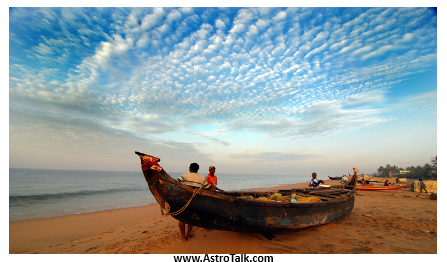
Chennai is to a great extent subordinate on NE rainstorm, since 65% of downpours are gotten in this season. Violent winds and miseries are regular highlights during the season. Twisters, specifically, are particularly unusual.
They may even move towards Orissa, West Bengal, Bangladesh, and also Myanmar. The season among October and December alluded as the NE rainstorm period. Floods are normal during this period. In 2015 Chennaireceived record-breaking downpours since 1918, which caused monstrous floods.
The whole east coast is helpless against tornados during the storm time frame. For instance, in 2007 a noteworthy typhoon named “Violent wind Sidr” skipped Chennai and headed towards Bangladesh.
The outcome was a disappointment of NE storm in Chennai, that specific year. Indeed, even previously, there have been numerous events where twisters affected the rainstorm.
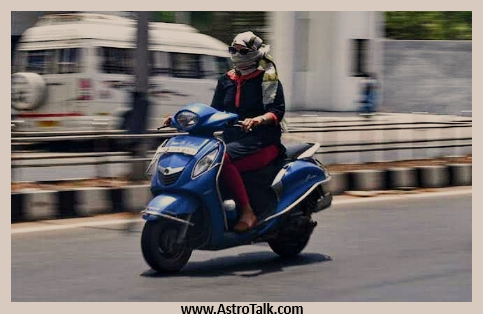
Walk denotes the beginning of the late spring season in Chennai. It endures till June and visiting the city during this time isn’t for the cowardly, some state. The days are bursting hot with the temperatures taking off as high as 39°C and the evenings are similarly warm with the base drifting around 27°C.
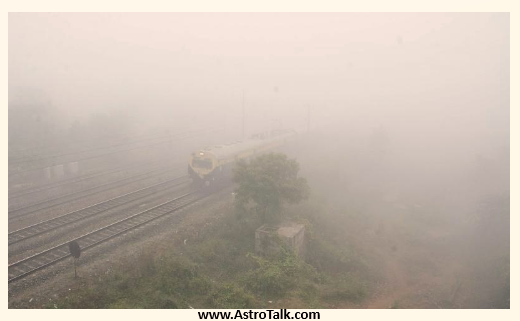
Winters, the best time to visit Chennai, start in November and last till February. Indeed, even the transitional month of October is very useful for investigating the city. The climate is very lovely with the most extreme temperature floating around 30°C and the base around 22°C. Its vicinity to the coastline likewise brings about intermittent downpours, yet it won’t be something that will hamper touring plans as it were. Kapaleeshwarar sanctuary, Government Museum, Fort St George, St.
Being one among the most famous religious capital urban communities in India, Chennai is a significant group puller for its old culture and craftsmanship. Its geological area on the wonderful coastline generally keeps the city’s climate hot and muggy.
Hence, the best time to visit Chennai is the pre-storm and the winter season, for example among October and February. This time is considered as the best time to investigate the metropolitan city as summers are burning and storms bring heavy deluges and tornados.
Despite the fact that the city gets an apparent measure of precipitation (1,000-1,200 mm), drinking water is the most significant issue each year. In spite of the fact that there are five streams in and around, the trustworthy supply from these waterways is deficient to address the issues of the city.
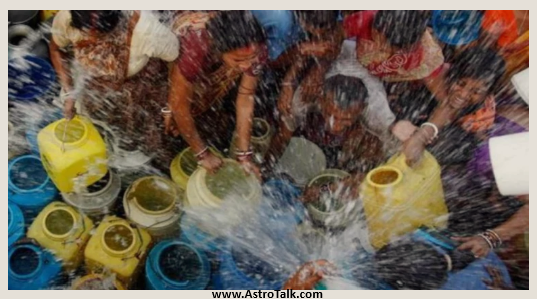
Chennai has a populace of 5.42 million and the complete water supply is of the request of 300-350 mld. Along these lines, the per capita supply is just 65 liters, which is excessively low. Apportioning of drinking water is required, including interchange day supply when vital. Before, water was shipped via train.
The present water supply involves around 75 percent of surface water and 25 percent groundwater.
The catchment zone is an agrarian district so that in long periods of low precipitation the inflow to the supplies diminishes impressively on the grounds that water system tanks, lakes, and upstream preoccupation have the first approach the accessible stream.
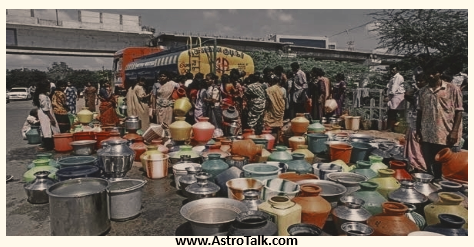
Chennai is confronting an intense water emergency after its four supplies – that are the principle hotspots for savoring water the city – have turned dry and ground water levels have dove because of inadequate downpour. Experts in the Tamil Nadu capital have funneled water supply by 40 percent. The lack of water has hit IT organizations, five-star lodgings and skyscraper private structures. Among the evaporated supplies is the Chembarambakkam lake, Chennai’s biggest wellspring of drinking water. The lake is completely dry with a dry and broke bed. Boss Minister E Palaniswami said his administration is finding a way to supply drinking water.
The city requires 800 million liters of water each day. In any case, the Chennai Metro Water supplies just 525 million liters. A lion’s share of Chennai’s occupants presently relies upon private water tankers. Officially costly, they have now multiplied their costs however and still, at the end of the day the water doesn’t contact them on schedule.
Hardly any measures could be taken to forestall such an emergency in Chennai just as in different urban communities, given the vulnerabilities around environmental change effects and certainties about the development of urban populace.
It is critical to advance water protection estimates, for example,
Improvement of watersheds
Improving the capacity of surface water
Reviving groundwater
Relieving floods through tempest water channels
Water the executives’ measures, then again, incorporate lessening the portion of non-income water and advancing coordinated urban water the board techniques as rehearsed in numerous worldwide urban areas.
Rajasthan’s Udaipur, which gets inadequate precipitation, has demonstrated an astounding work of water protection and the executives. Scarcely any different urban communities are reserving in residents and private division for water preservation and the board.
In the meantime, government projects, for example, the Atal Mission for Rejuvenation and Urban Transformation have officially viewed as a portion of these plans to enlarge and oversee water supply.
India is rising not only in GDP but also in its astronomical missions. Read ISRO to have its own space station
2,837
2,837




Choose your and your partner's zodiac sign to check compatibility